Daniel McDonald – Painting Ireland During the Famine
Art can provide a visual portal to a time in history that has otherwise faded from collective memory. In this letter we look at the work of a young Irish painter - Daniel McDonald - who provoked his contemporaries with a revolutionary topic, that still stirs the modern viewer.
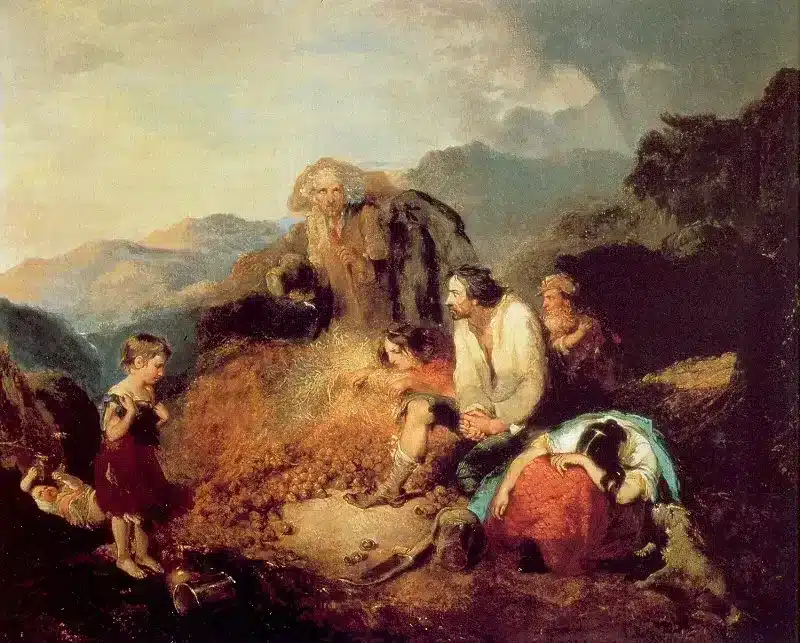
This week, we’re going to have a look at one particular name that is found all over Ireland and Scotland – perhaps you have it in your family? Seeing as we now have so many readers from all over the world, today’s choice of word and name seems very appropriate.
You see, the Irish word for “world” is “Domhan” (pronounced Dow-an”) – and as you might expect, this word made it’s way into a few of the early Irish first names.
The most obvious is “Domhnall” – which loosely translates as “ruler of the world” – a nice start in life for a parent to give a child! As surnames got going in Ireland and Scotland, different families took on the title of “MacDhomhnaill” (sons of Domhnall) or “O’Domhnaill” (descendants of Domhnall) – the Domhnall in question being an illustrious ancestor. Even today, the first name “Domhnall” and the surnames associated with it are to be found around many parts of Ireland and Scotland. In Scotland – Domhnall has mostly been anglicised as Donald, while McDomhnaill has mostly become McDonald and McConnell.
In Ireland, the first name Domhnall (also spelt as “Donal”) is mostly anglicised as Daniel, while the surnames have become McDonnell, McDonald and O’Donnell over time. Maybe you have some of these names in your own family tree?
Right, enough background – on with today’s story!
The Artistry of Daniel McDonald.
Just last week, I received the following introduction from Mary Marsh:
“Hello from Ohio in the US!
The only Irish surname in my family is McDonald, purportedly from County Cork. John McDonald arrived in the US sometime prior to 1866, the year his daughter – my grandmother – was born. I haven’t been looking into John’s past very hard or long, but US records on him are pretty skimpy. We are tentatively planning a trip to Ireland in June and are hoping to get to Cork, among other destinations.
Glad I found you! Mary.”
Nice to meet you Mary – and I’m sure you’ll have a wonderful trip to Ireland next year.
When I hear of McDonalds from Cork, my mind often goes towards one Cork man of that name in particular – a man by the name of Daniel McDonald. Maybe you have heard of him?
James McDonald arrived in Cork sometime in the early 1800s. Coming from the Isle of Skye in Scotland, he met and married a local Cork woman by the name of Catherine McCarthy. They moved into Cork City, where they had four children together. Being an artist, James immersed himself in the artistic community of Cork. I guess it’s not surprising that they ended up with two artists among their children, Jane and Daniel. For now, let us follow in the footsteps of Daniel.
Daniel made his public debut as an artist by the age of thirteen – and by the time he was twenty he was contributing to major exhibitions in the Cork area. However, London called for such an obvious talent – and the entire family migrated there in the mid 1840s to increase Daniel’s exposure and chances of patronage. This move proved a success for Daniel, and he was in demand for portraiture among the elite and royalty of the London set. So, you might have expected Daniel to leave his memories of Ireland behind – concentrating on such a glittering artistic career.
However, he exhibited one of his paintings: “An Irish Peasant Family Discovering the Blight of their Store”, in London in 1847. This was the height of the Famine (or Great Hunger) in Ireland – but it was not a subject that was talked about (or painted about) in polite society. McDonald probably took a great risk painting such a visceral picture at the height of his career – and it’s presentation from an eminent artist placed it into the conversations about the “Irish problem” among the governing classes in England.
For me, the painting captures the moment of realisation – a real nightmare scenario – when you find that your entire crop has failed, maybe for the second year in a row. Somehow, Daniel had the sense and compassion to realise this personal and horrific experience should be captured on canvas. The scene captures an extended family in a beautiful Autumn setting checking the potato crop – and their expressions tell us so much. From that moment there starts a slow, horrific descent into starvation, disease and emigration for not just that family depicted – but hundreds of thousands of our ancestors.
From the moment depicted in that painting, the population on the island of Ireland almost halved from over eight million people to just over four million by 1901. Daniel McDonald had used his art to capture a pivotal moment and communicate this new reality.
McDonald produced many paintings from a young age – most still probably remain in private hands. However, he left us early in life – and died of a fever in London in 1853 at the age of 33.
So, Mary – I hope you enjoyed that story of just one McDonald family who lived in Cork, maybe at the same time as your own McDonalds? Thank you very much for sharing your introduction.
That’s it for today – as always, do feel free to share any questions or stories of your own.
We’ll chat again next week!
Slán, Mike and Carina.

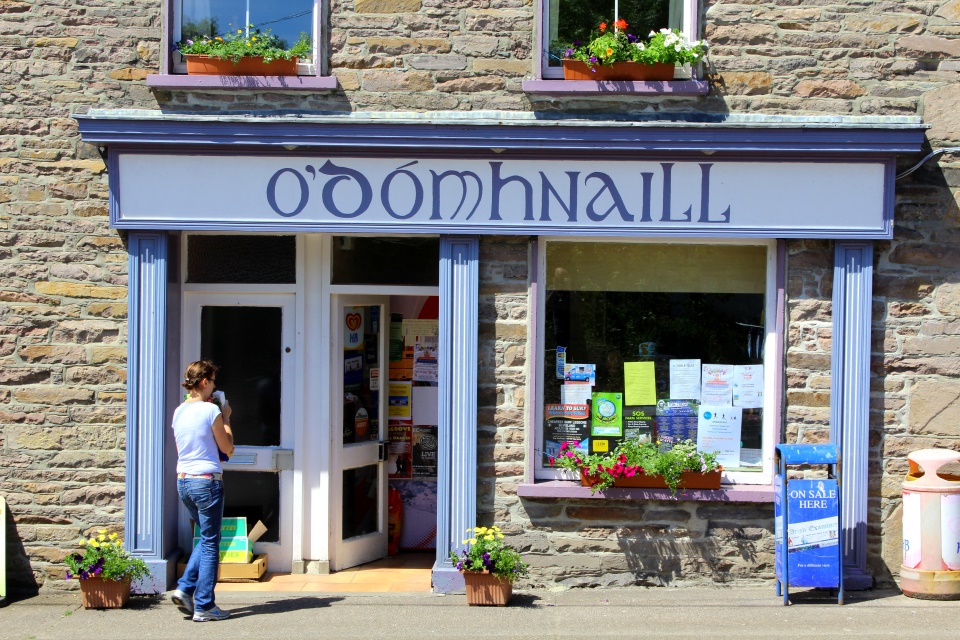
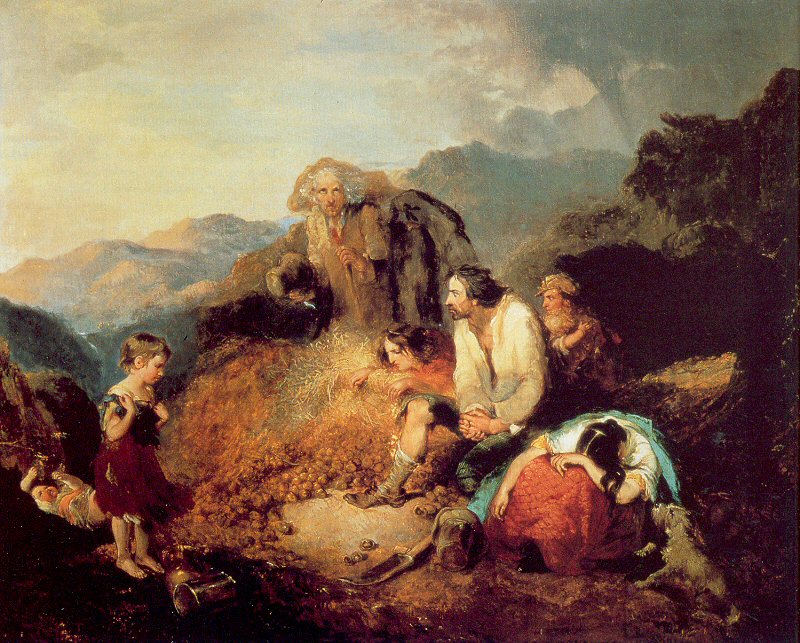
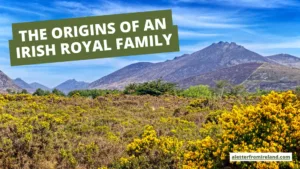
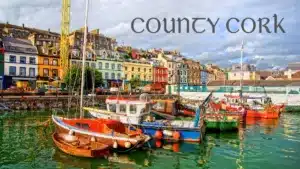
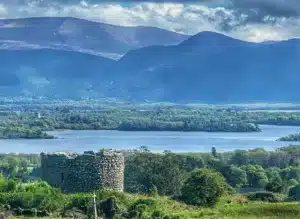


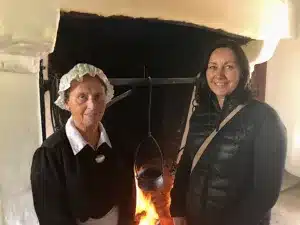
Only Plus Members can comment - Join Now
If you already have an account sign in here.